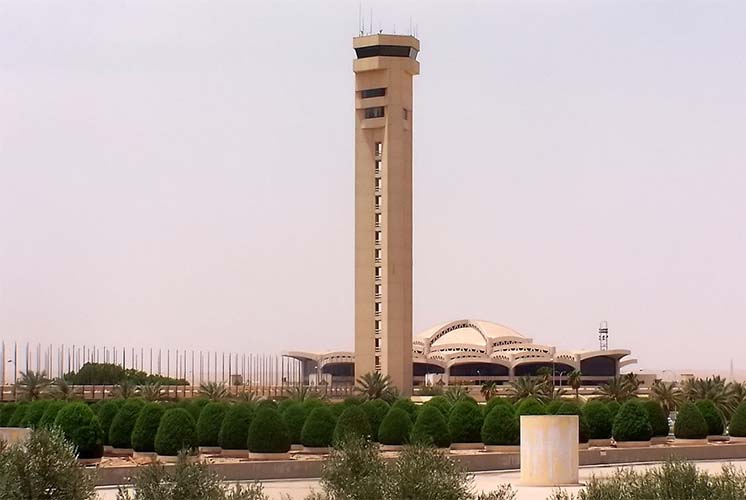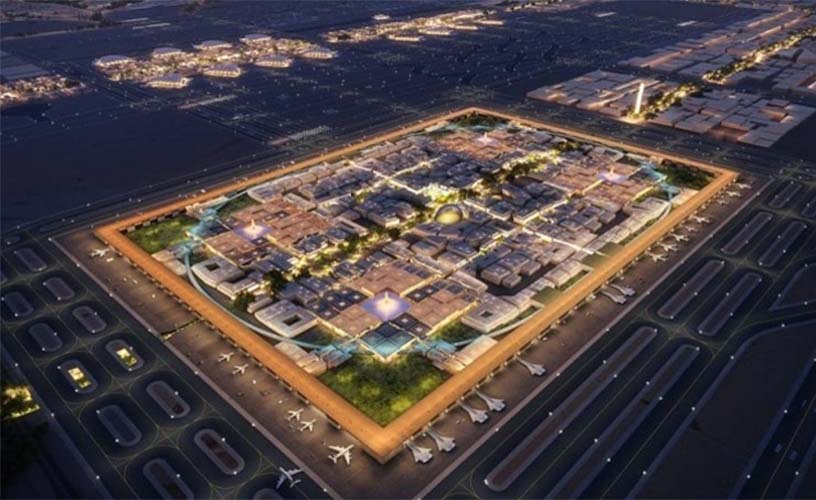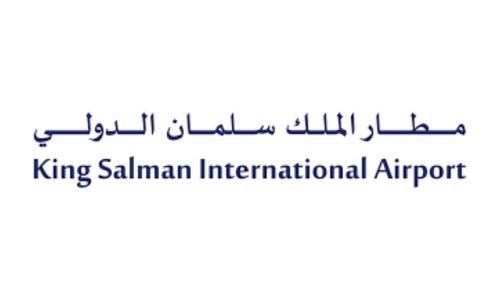Existing Air Traffic Control Tower - Gap Analysis
Project Description
As part of the visionary development of King Salman International Airport—set to redefine global standards in sustainability, innovation, and passenger experience—our team is conducting a comprehensive Gap Analysis of the existing Air Traffic Control (ATC) Tower. The goal is to ensure the tower’s operational readiness and alignment with the airport’s ambitious expansion, which spans over 57 km² and includes six runways, multiple terminals, a logistics hub, private aviation facilities, and a full-scale airport city.
Our scope involves assessing the current capabilities of the ATC tower in light of future traffic demands, advanced technologies, and expanded infrastructure. The analysis will identify any functional, spatial, or technical shortcomings and recommend targeted upgrades to meet international best practices and future-proof operational efficiency.
Client
Scope of Work
As part of the strategic expansion of King Salman International Airport, Euro Group has been engaged to perform a Conditional Assessment and Gap Analysis of the existing Air Traffic Control Tower (ATCT). The aim is to evaluate its readiness to support two new 4F-category runways (New Central and New West Runways), Terminal 6 (T6), new aprons, and to serve as a resilient backup following the construction of the new ATCT facility.
Our scope includes:
- Comprehensive Assessment of the ATCT’s base building, electromechanical systems (MEPFS), and network infrastructure.
- Visual inspections, interviews, and functional testing (as needed), along with review of all available documentation.
- Assessment of spatial and infrastructure needs (e.g., control working positions, ICT rooms, equipment rooms) for integration of new airport assets.
- Development of an asset inventory, updated and missing drawings, and layout proposals for new operations and equipment rooms at the ground floor.
- Evaluation of the tower’s capacity to accommodate systems like a Virtual Tower System (VTS) and other operational technologies in coordination with SANS and NERA.
- Comparison of current conditions with applicable codes, regulations (GACAR Part 139), and project requirements to identify any gaps, risks, or non-compliance.
Delivery of a Gap Analysis Report, including:
- Prioritized recommendations
- Summary of critical risks
- Roadmap to achieve operational readiness for RWY 3 / PA / T6
- BoQ and budgetary cost estimates
- Design and implementation schedule
This analysis will directly inform the phased upgrade of the existing tower to manage short-term operational needs and long-term resilience goals for KSIA.
Project Highlights
Project Duration:
6 Months
2 new 4F runways: check if controllable from current tower
Riy1 new terminal (T6): verify visibility and coverage
adh: 212 Projects
2 new aprons (T6 & PA): assess ground control capability
2 new Equipment & Operations room: proposed at ground floor
1 VTS system: assess infrastructure readiness
MEP & network systems: condition and capacity check
CWPs, radios, ICT rooms: evaluate for new demands
Structure & Architecture: assess for required modifications
Full asset inventory: identify existing vs. required
Drawings: review, update, complete as needed




